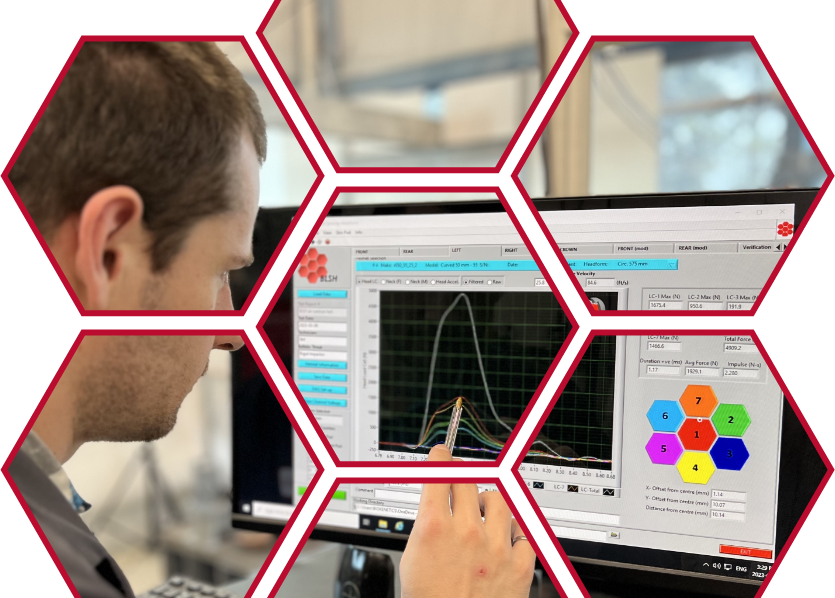With the use and demand for commercial drones experiencing increasing demand across multiple industries and sectors, the question of moderating and standardizing safety efforts has become more important than ever. From agricultural applications to photography, infrastructure inspection, search and rescue efforts, and more, drones are an incredibly diverse tool that serves a wide range of purposes. In order to ensure optimal performance, as well as safety, testing is essential to create standards that moderate this evolving field of technology.
Below, we’ll explore some of the unique challenges faced during commercial drone testing and the crucial role it plays in unleashing the full potential of this technology. Read on to learn more.
Regulatory Compliance
As with most evolving forms of technology, one of the biggest challenges facing a standardized method of testing and evaluation is the reality of creating and enforcing regulatory compliance measures. Different regions and countries have varying approaches to regulation, and at present, there has yet to be universal adoption of standards with regard to details like flight restrictions, altitude limits, and licensing requirements. Such regulations aim to ensure airspace safety and protect the privacy of individuals and often involve applying for permits and certification to prove that a unit is in line with necessary safety protocols.
Safety and Risk Mitigation
Safety is a foremost concern in drone testing, particularly with the increase of usage in crowded urban environments and near critical infrastructure. Ensuring the safe operation of commercial drones means being able to accurately evaluate the reliability of flight control systems, emergency response mechanisms, and fail-safe measures that protect civilians from falling units and other associated risks. Rigorous testing protocols must be established to mitigate hazards and prevent accidents that could endanger lives or cause property damage.
Environmental Factors
Commercial drone testing is influenced by a wide range of environmental factors that can impact performance. External climate variables such as wind speed, temperature, humidity, and precipitation can affect drone stability, flight duration, payload capacity, and overall performance. In order to guarantee safe operation, manufacturers must know how their units will perform under different environmental conditions and be able to address any specific concerns that may come to light during the testing process.
Scalability and Performance
When considering the commercial use of drones, it’s imperative to remember that operators will rarely be utilizing a single unit and that it is entirely possible that airspace will have multiple flying objects occupying the region at any given time. As such, drone testing must not only look at how a single drone performs, but what its capacity and risk quotient are around other units within its unit by evaluating how the drone network interacts, coordinates, and shares information to accomplish complex tasks efficiently while maintaining performance benchmarks.
Data Security and Privacy
Safety often involves more than simply protecting innocent bystanders from physical harm; commercial drones often capture vast amounts of data during their operations which may include images, videos, and sensor readings, all of which may compromise private details. To ensure that drone operations stay compliant with privacy regulations, testing protocols must address data security concerns including encryption methods, secure data transmissions and other measures that ensure that the captured data remains secure and the privacy rights of individuals are respected.
Performance in Complex Environments
As with climate based concerns, it is crucial to recognize that drones are increasingly being deployed in dynamic environments with complex variables to navigate. Whether it be an urban or remote landscape, drones must be able to safely and efficiently overcome obstacles like moving objects, changing conditions, and other factors that can arise at any point. Simulating realistic environments is essential to creating safe operations, and removing unnecessary risk in such situations wherever possible.
Drone Safety Assessments and More with Biokinetics
At Biokinetics we know that one of the best ways to prevent impact injuries and reduce the risk associate with the operation of drones is through the gathering and analysis of vital information that allows manufacturers and their end users to make informed decisions with confidence. With over four decades of industry leading experience behind our team, we are proud to offer full-scale testing and assessment services for drones, as well as accident reconstruction services, ballistic testing, sports injury research and prevention assessment, and more.
Learn more about our drone testing services, as well as our entire range of testing and consulting offerings by contacting our team today!

